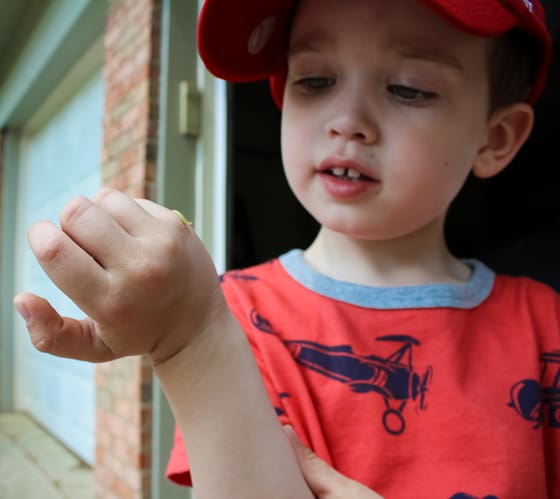
Summer Camp Safety
For both parents and kids, summer camp isn’t just a quintessential part of summer: it’s a rite of passage!
Sending your child to summer camp, whether it’s half-day, full-day or overnight, is a big step! If your child is headed to camp this summer, there are certain safety issues you’ll need to consider. So, check out our list, and set your child up for summer camp success!
Be aware of bugs

Ticks, mosquitoes, spiders — spending increased time outside opens your child up to potentially serious infections/diseases. Ticks are responsible for a variety of illnesses including Lyme disease and Rocky Mountain Spotted Fever — and instances of Lyme have been on the rise, according to the CDC.
Protect your child by putting long sleeves/pants/socks on (when possible); using child-safe bug repellent, and having your child steer clear of dense woods and overgrown areas.
Always wear safety gear

If your child is going to be doing any bike riding, roller skating, or white water rafting, they need to be in the proper gear (helmets, life jackets, etc). Counselors and parents should make sure to set a good example by always wearing the correct safety attire themselves.
Did you know that in 2010 in the U.S., 800 bicyclists were killed and roughly 515,000 sustained bicycle-related injuries that required emergency care — half of which were children and adolescents under the age of 20? Whenever your child is doing anything ‘on wheels,’ they need to be wearing a helmet. Period.
Wear Sunscreen
It goes without saying, but make sure your child is wearing sunscreen when you leave in the morning — and be sure to pack extra for mid-day re-application, too! Even on overcast days, kids need to wear sunscreen, hats, and protective clothing. If they’re going to be swimming, consider purchasing a rash guard for them. Rashguards are swimsuits with added UV protection — many have long sleeves, too, which keeps little arms and shoulders out of the sun!
Pool Safety

Speaking of swimming, make sure your child has taken swim lessons if they are going to swim. Counselors and life guards should all be trained and CPR certified, but don’t be afraid to ask about the training they’ve had.
“Leaves of three, leave them be!”
Make sure your child is being careful when outside — poison ivy, oak and sumac can cause very uncomfortable reactions! The oil from these plants (called urushiol) is what causes the rashes, so keep your child covered (pull up socks, wear sneakers and NOT sandals/Crocs) when hiking. Discourage your kid from playing in overgrown areas (helpful advice for avoiding poison ivy and insect bites!), or sitting down during a nature walk.
If your child does accidentally come in contact with one of these plants,DON’T touch it or itch it — that’s how the oil spreads! Try to wash it off their skin right away by taking a shower and using lots of soap.
Remember “leaves of three, leave them be!” Both poison ivy and oak come in leaves of three. Poison sumac, meanwhile, has a pinnate leaf structure, meaning that each stem has two parallel rows of leaves growing along its length. Refer to the chart below:

Educate your Child
If your child has any allergies, it’s important both the counselors and your child is aware of what they are, how to avoid reactions — and what to do if exposure occurs. Your child will know is something feels “off” with them before anyone else does, so be sure to have a discussion with them before they go off to camp.
Talk to your child about the issues outlined above, and make sure they know how to keep themselves safe and healthy this summer! Going off to camp is a lot of fun — but it’s also a big step in your child becoming a responsible person.
Sources: 1. PBS Parents, 2. Parents.com, 3. The CDC.
Photo Credits: Sarah M., WebMD.com.
Categories: Blog
Tags: allergies, camp, CPR, inset bites, kids safety, Lyme disease, outdoor safety, poision ivy, poison oak, poison sumac, pool safety, summer camp, summer safety, sunscreen
